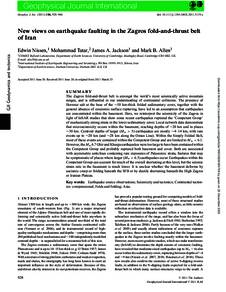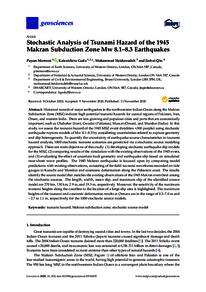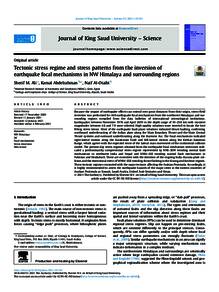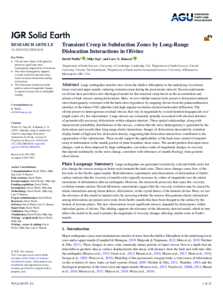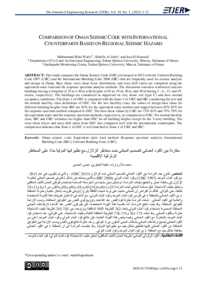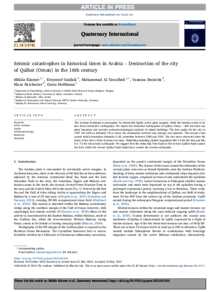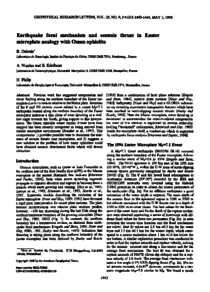Document
New views on earthquake faulting in the zagros fold-and-thrust belt of Iran.
Identifier
DOI: 10.1111/j.1365-246X.2011.05119.x
Contributors
Publisher
RAS.
Gregorian
2011-09
Language
English
Subject
English abstract
The Zagros fold-and-thrust belt is amongst the world's most seismically active mountain ranges, and is influential in our understanding of continental collisions. The presence of Hormuz salt at the base of the ~10 km-thick folded sedimentary cover, together with the general absence of coseismic surface rupturing, have led to an assumption that earthquakes are concentrated within the basement. Here, we reinterpret the seismicity of the Zagros in light of InSAR studies that show some recent earthquakes ruptured the 'Competent Group' of mechanically strong strata in the lower sedimentary cover. Local network data demonstrate that microseismicity occurs within the basement, reaching depths of ~20 km and in places ~30 km. Centroid depths of larger (Mw > 5) earthquakes are mostly ~4-14 km, with rare events up to ~20 km (and ~28 km along the Oman Line). Within the Simply Folded Belt, most of these events are contained within the Competent Group and are limited to Mw < 6.1. However, the Mw 6.7 Ghir and Khurgu earthquakes were too large to have been contained within the Competent Group and probably ruptured both basement and cover. Both are associated with asymmetric anticlines containing rare exposures of Palaeozoic strata, features that may be symptomatic of places where larger (Mw > 6.5) earthquakes occur. Earthquakes within the Competent Group can account for much of the overall shortening at this level, but the seismic strain rate in the basement is much lower. It is unclear whether the basement deforms by aseismic creep or folding beneath the SFB or by ductile shortening beneath the High Zagros or Iranian Plateau.
Member of
ISSN
0956-540X
Resource URL
Category
Journal articles

